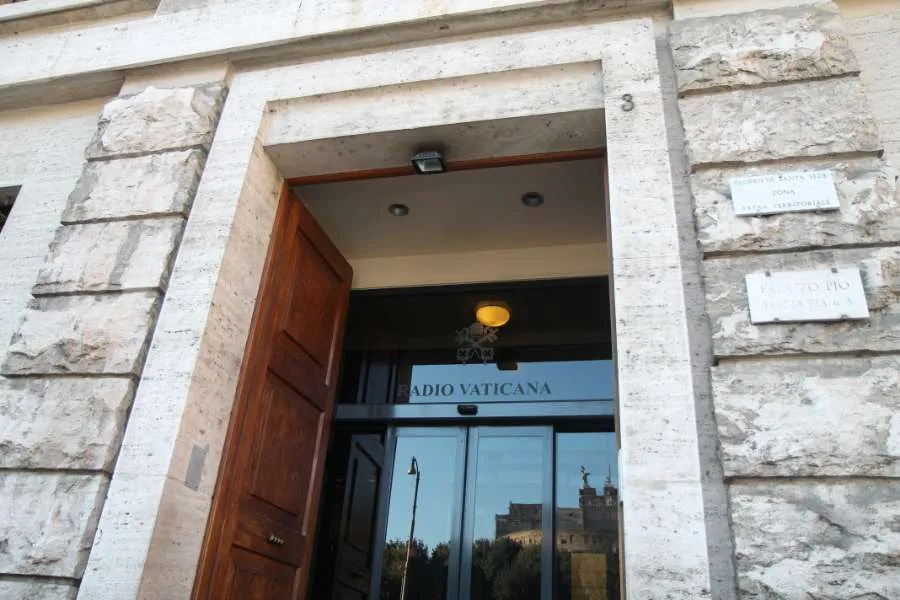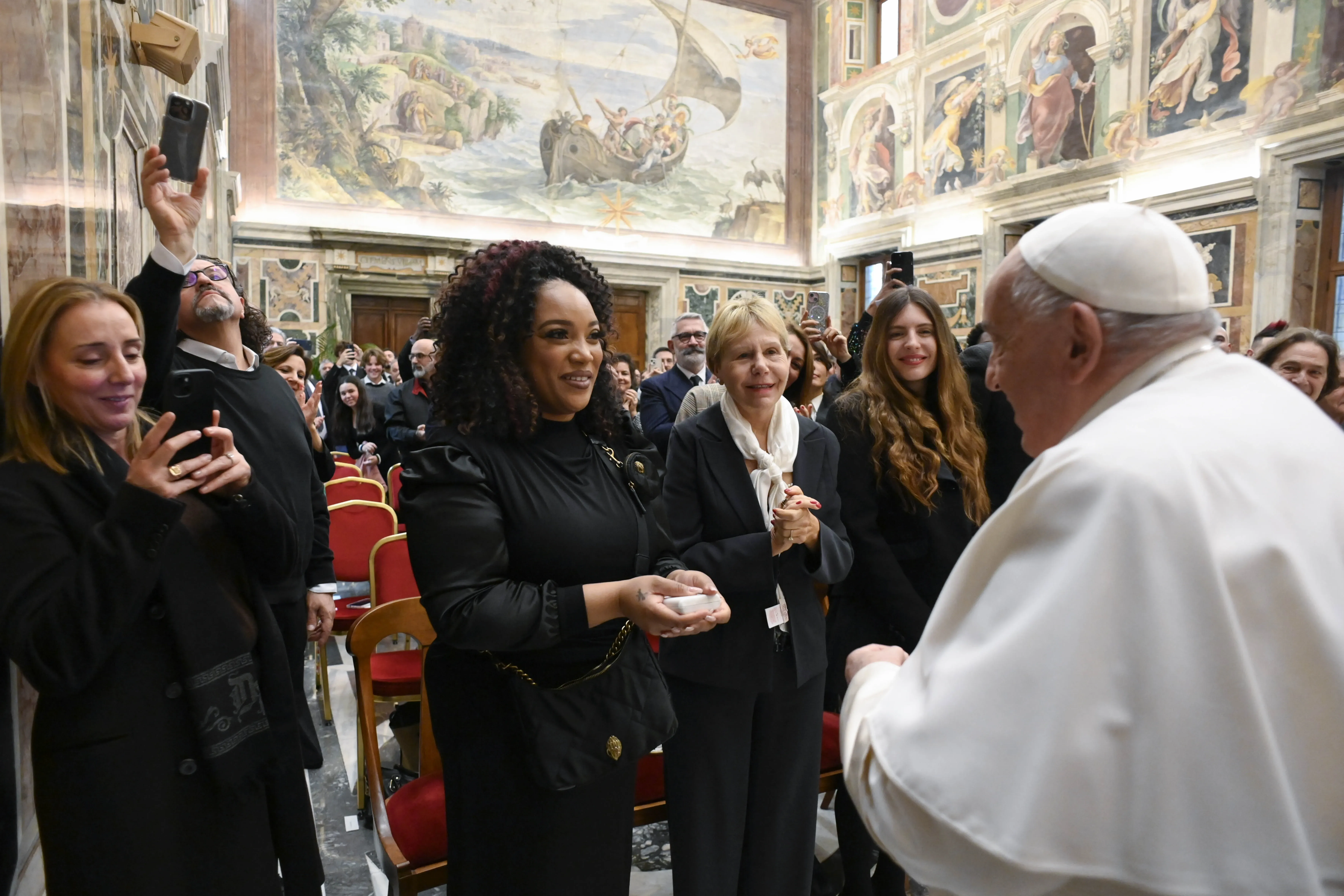The first transmission was sent in Morse code: the words “In nomine Domini, Amen,” Latin for “in the name of the Lord, Amen.” Then, after a brief introduction by Marconi, Pope Pius XI gave the first papal message by radio, delivered in Latin.
The radio was given to the Jesuit order to manage until 2017. Today it transmits in 41 languages.
“Even today Vatican Radio is moving toward the future while preserving its originality and its identity,” Paolo Ruffini, prefect of the Vatican communications department, said in a press release on Tuesday.
The web radio, he said, “will allow anyone in the world to listen to Vatican Radio in their own language from their own smartphone or computer.”
Vatican Radio’s website was one of several consolidated under the Vatican News media platform at the end of 2017, following Pope Francis’ major reform of Vatican communications.
Massimiliano Menichetti, director of Vatican Radio, said that in addition to radio commentaries, the office has created new programs, podcasts, and audiobooks.
“The reform the pope desired projected us toward a new dimension in which we are no longer solely a radio, but an integrated reality still progressing,” he said.
“Vatican Radio’s personnel, who come from 69 nations, were the reason why the Vatican News web portal was born where articles, video, photos, audio, and social media can be found.”
“Our mission has always been not to leave anyone alone and to bring the hope of the Christian proclamation, the voice of the pope, and to interpret events in the light of the Gospel,” Menichetti said.
In his message for World Communications Day, released on Jan. 23, Pope Francis spoke about the internet in the context of journalism, calling it “a powerful tool, which demands that all of us be responsible as users and consumers.”








